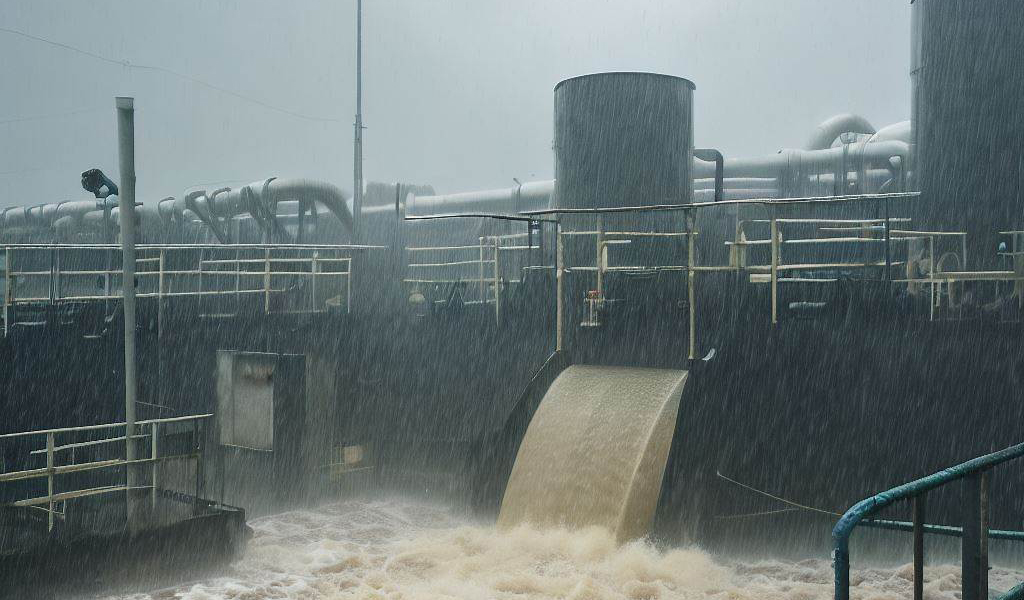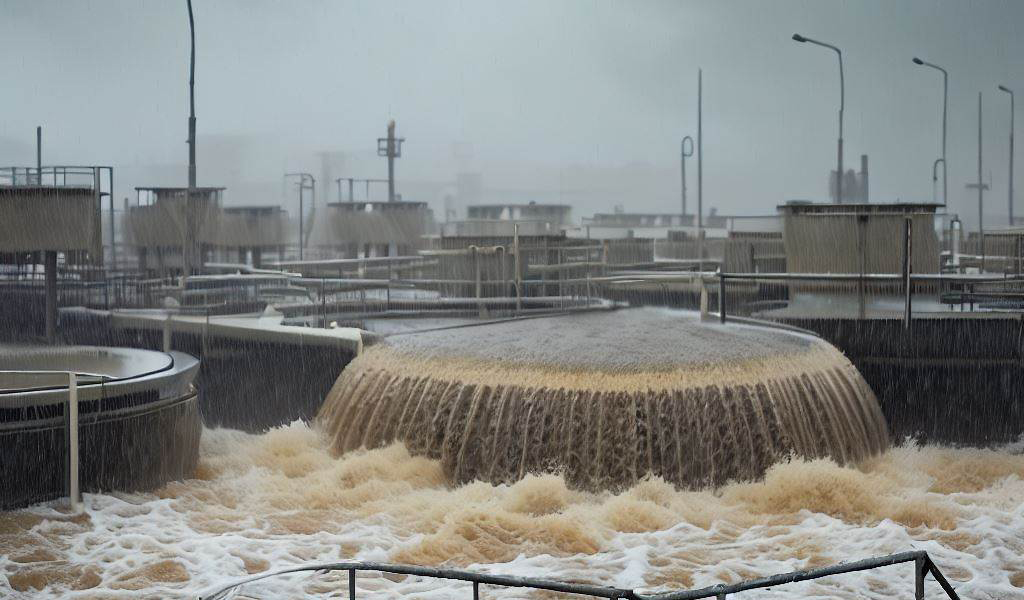Reducing Wastewater Treatment Plant Costs by Tackling Inflow and Infiltration Issues.
Wastewater treatment plants play a critical role in safeguarding public health and protecting the environment by treating sewage and ensuring its safe disposal. However, excessive inflow and infiltration (I&I) can lead to significant challenges for these plants. During heavy rainfall, the inflow and infiltration of stormwater into sanitary sewer systems can overwhelm the capacity of treatment plants, resulting in untreated sewage overflows into waterways. This article explores the detrimental effects of inflow and infiltration on wastewater treatment plants and highlights innovative solutions that can help mitigate these issues.
The Impact of Excessive Inflow and Infiltration (I&I):
Wastewater Overflows: The influx of stormwater through cracks, leaks, or illegal connections in sanitary sewer systems causes wastewater levels to rise rapidly. Consequently, treatment plants can become overloaded, leading to untreated sewage overflows. This poses significant health risks to humans and wildlife, pollutes water bodies, and can result in fish kills and other ecological damage.

Compliance Challenges: Sanitary sewer overflows (SSOs) pose environmental hazards and raise regulatory concerns. The Environmental Protection Agency (EPA) enforces the Clean Water Act, and communities may face administrative orders (AOs) or fines for non-compliance with SSO requirements. Addressing these issues is essential for environmental stewardship and avoiding costly legal and regulatory consequences.
Innovative Solutions: Introducing ssoAlert by Infratech Inc.
To combat the challenges posed by excessive inflow and infiltration, Infratech Inc. has developed an innovative product called ssoAlert®. This cutting-edge solution focuses on proactive sanitary sewer monitoring to detect and prevent overflows before they occur. By continuously monitoring wastewater levels, ssoAlert provides real-time data and alerts to water utility operators, enabling timely action.
Key Features and Benefits of ssoAlert:
Early Warning System: ssoAlert employs advanced sensors and monitoring technologies to detect rising wastewater levels in real-time. It promptly notifies operators when thresholds are exceeded, allowing them to take necessary action.

-
Data-Driven Decision Making: The system collects and analyzes data on flow rates, water levels, and weather conditions. This information provides valuable insights into the root causes of I&I, aiding in identifying problem areas and guiding infrastructure improvements
-
Cost Reduction: By proactively addressing I&I issues, wastewater treatment plants can significantly reduce the frequency and severity of overflows. This results in substantial cost savings by avoiding emergency response efforts, clean-up operations, regulatory penalties, and the potential for litigation.
-
Improved Efficiency: ssoAlert enables plant operators to optimize their processes by identifying peak flow periods, better managing capacity, and implementing preventive maintenance strategies. This helps extend the lifespan of infrastructure and improves overall operational efficiency.
Conclusion:
Excessive inflow and infiltration are significant challenges for wastewater treatment plants, resulting in untreated sewage overflows and environmental hazards. However, innovative solutions like ssoAlert from Infratech Inc. offer a promising way forward. By proactively monitoring and managing wastewater levels, treatment plants can benefit from reduced I&I as it will reduce their operating cost.
